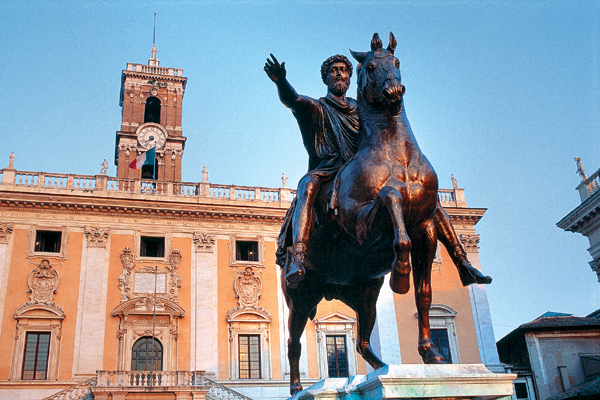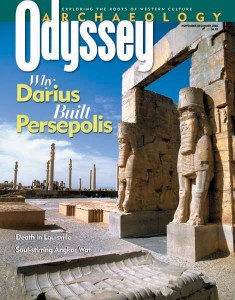Past Perfect: The Bronze Horsemen
How an ancient Roman equestrian sculpture inspired Renaissance artists

The only surviving bronze equestrian sculpture from the classical period—the once-gilded, anatomically realistic depiction of the mounted Roman emperor Marcus Aurelius (161–180 A.D.)—was created by an unknown sculptor around 1,800 years ago, when equestrian statues were commonly raised in Rome to honor military men. All of them were melted down over the centuries, however, and their metal was used for some other purpose; the Marcus Aurelius statue escaped this fate because it was mistakenly identified, and revered, as an image of Constantine (272–337 A.D.), the Roman empire’s first Christian ruler. The knowledge of how to cast these sculptures was lost in the period following Rome’s collapse. It wasn’t until the Italian Renaissance, beginning in the 14th century, that such masters as Donatello, Verrocchio and Giambologna studied the statue of Marcus Aurelius and rediscovered ancient techniques that enabled them to produce mounted figures of comparable splendor. Like these Renaissance masters, the 19th-century American writer Nathaniel Hawthorne was riveted by the sense of controlled power and imperial beneficence expressed by the emperor’s posture and extended arm. As one character in The Marble Faun (1859) puts it: “The sculptor of this statue knew what a king should be ... and knew, likewise, the heart of mankind, and how it craves a true ruler, under whatever title, as a child its father.”
Already a library member? Log in here.
Institution user? Log in with your IP address.

